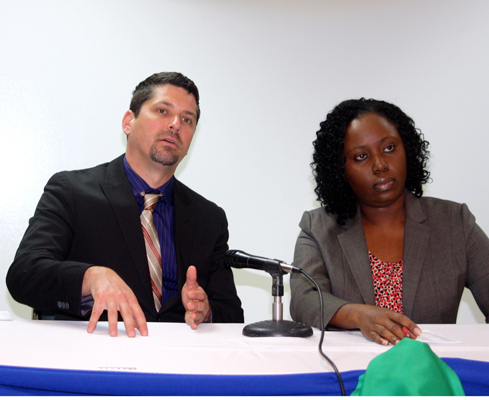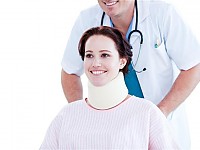by Erda Khursyiah Basir
Kuala Lumpur :
Marine and medical tourism are the two sub sectors in tourism that could be effectively promoted to draw visitors during the Visit Malaysia Year (VMY) 2014.
The numerous pristine marine parks in Langkawi, Terengganu, Sabah and Sarawak and the world class medical facilities with affordable treatment costs offer endless possibilities in luring the visitors.
These are the two areas that Associate Professor Dr Mohamad Abdullah Hemdi of Universiti Teknologi MARA believes could be the game changer in promoting tourism activities under VMY.
The dean of UiTM’s Hotel and Tourism Faculty told Bernama apart from promoting this two sectors, employment of Malaysians in every sphere of the tourism industry including the hotel sector is pertinent in showcasing the true spirit of Malaysia.
VMY 2014 has set the target to lure 28 million visitors and generate RM76 billion in returns, and it rolls over to 2015 with another theme – ‘Year of Festival’.
ROPING ON MALAYSIAN WORKERS
“Currently almost 70 percent of the workers in all sub-sectors relating to tourism is made up of foreign workers. Such scenario does not reflect the true Malaysian hospitality not only to the foreign tourists but also the locals.
“In developed nations like Japan and Korea, the majority of the workers in this sector is their own citizens. The same goes to Malaysia’s neighbours Thailand and Indonesia,” he said.
He said this scenario is unacceptable especially when looking at the fact training and education in the tourism sector including the hotel line is being offered by various local institutions of learning including up to universities.
Unfortunately, he said, the industry had failed to attract locals and retain them there and this has caused the sector to be increasingly dominated by foreign workers.
“The government has to assist the industry by providing numerous incentives like tax breaks, facilities and laws favouring local employees to attract the locals,” he said.
ALLOCATION AND INFRASTRUCTURE
Mohamad Abdullah is confident that the RM1.2 billion allocated to manage and promote the country’s tourism products could help meet the 28 million tourists targeted for VMY2014.
“Apart from this, additional allocation under the 2014 Budget for education, security, infrastructure development, information communication technology (ICT) and social services will indirectly help provide a conducive atmosphere for foreign visitors and investors in the sector as well,” he said.
Good infrastructure is equally important, he said pointing at Jeju Island in South Korea that has all the infrastructure including free Internet for the locals and travelers.
“It is high time that all local hotels, tourists centres and major cities in Malaysia provide free Internet access to help boost the tourism industry. This facility is very important for foreign tourists, especially tourists from the younger generation,” he said.
Mohamad Abdullah also pointed out as the tax exemption for investments in the tourism sector is extended to 2016, more investments would be made in providing the tourism infrastructure and develop new tourism products or upgrade the existing ones.
This incentive will allow the investors to provide adequate international level accommodation facilities or come up with more theme parks to woo tourists.
— BERNAMA
source: http://www.bernama.com / Bernama Microsite / National News Agency of Malaysia / Home> General> News / by Erda Khursyiah Basir / Kuala Lumpur – January 08th, 2014



